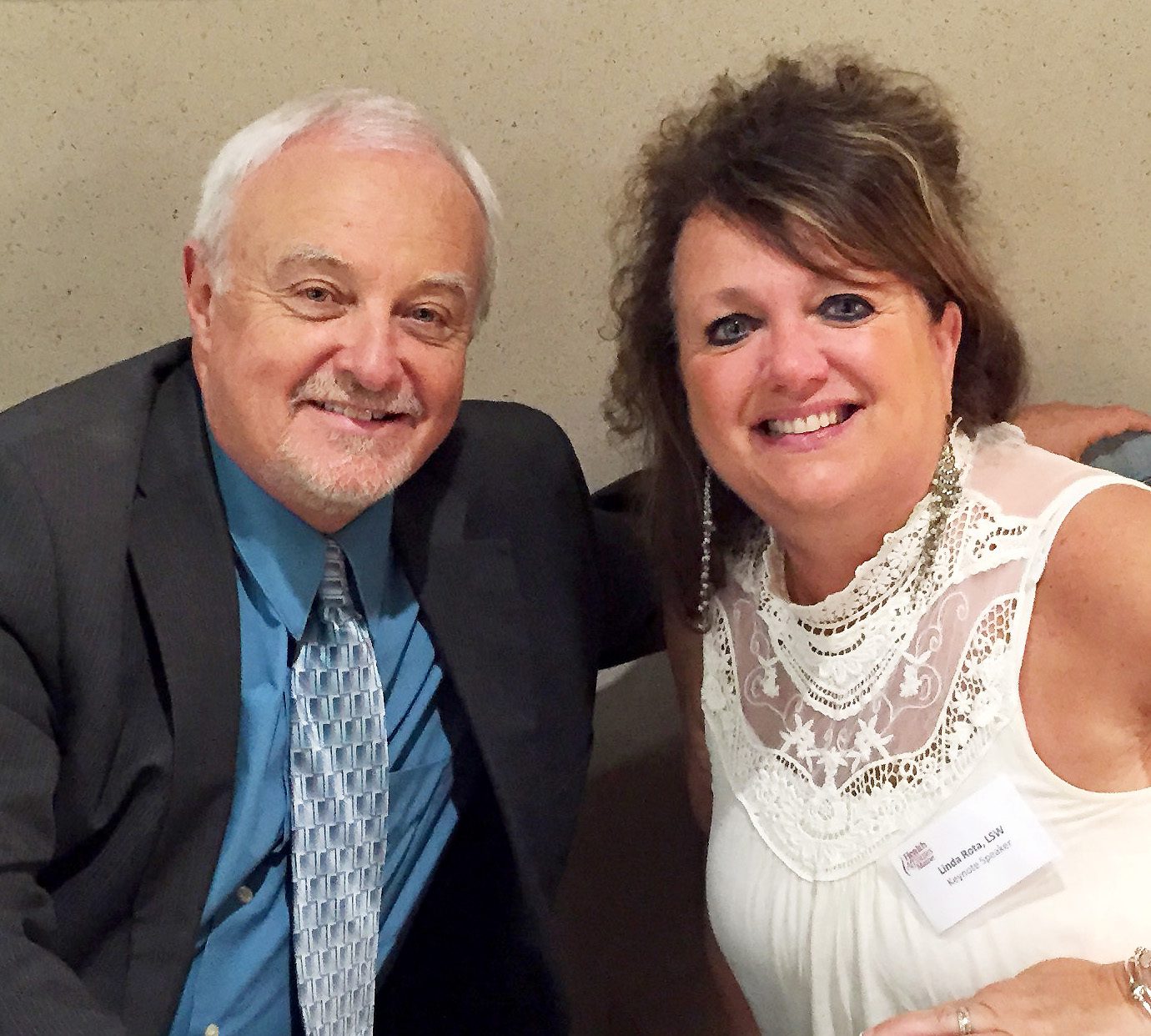I have a tough subject to talk with you about: the extreme and extensive impact of a loved one’s suicide.
Understanding Mental Illness Articles
Teen Suicide: It’s Not Just Drama
Adolescence is a time of change, change that is often frightening and confusing for teens. Their bodies are changing. Their minds, too, are changing, but they are not yet ready for all of the decisions they face.
Cold Dark Season Has Reader Depressed
Winter is here and it is a difficult time for me. Between the cold, the dark, and the lack of outdoor time, I get really depressed. I know about SAD and have tried light therapy. I think it helps some but not enough. What other things can I try?
Self-Worth & Acceptance
Hi again! I am back with another blog. I was re-reading my first one "Shame: Managing Stormy Days" the other day and thought it was, "to my surprise" not bad.I say this not with an ego. I say it as "An Adult Child Of An Alcoholic" who can still slip back to that spot...
Resilience: Do You Have It?
“The oak fought the wind and was broken, the willow bent when it must and survived.” ― Robert Jordan, The Fires of Heaven Resilience can be described as the process of returning to normal daily functioning or the ability to adapt after being faced with stress,...
Understanding Depression
Depression has been called having “the blues”, “feeling down”, “sad” or “in the dumps” but that doesn’t begin to cover what depression is and does. Depression affects the body, mind and spirit. It can be devastating and life changing. It affects not only the person’s...
Seasonal Affective Disorder: What You Need to Know
For some people, the shorter days of the fall and winter months bring with it an increase in depressive symptoms. This type of depression has been called Seasonal Affective Disorder (SAD). It usually impacts people during the change of seasons when there is a...
Sometimes the Holidays Hurt
Sometimes holidays hurt. The holiday cards and promotions are full of pictures of beautiful families smiling around a fireplace or dinner table. For some families, the reality doesn’t match that picture. Family relationships come with history, "the good, the bad,...
What is Mental Health Anyway?
That’s a good question isn’t it? Most of the time when people talk about mental health they are talking about mental health treatment or a person who was given a mental health diagnosis, (which is a fancy name for describing what symptoms a person has), but that isn’t...









